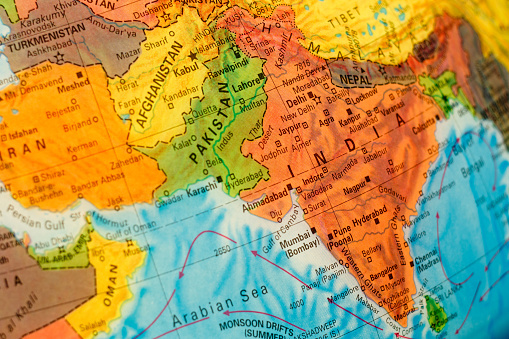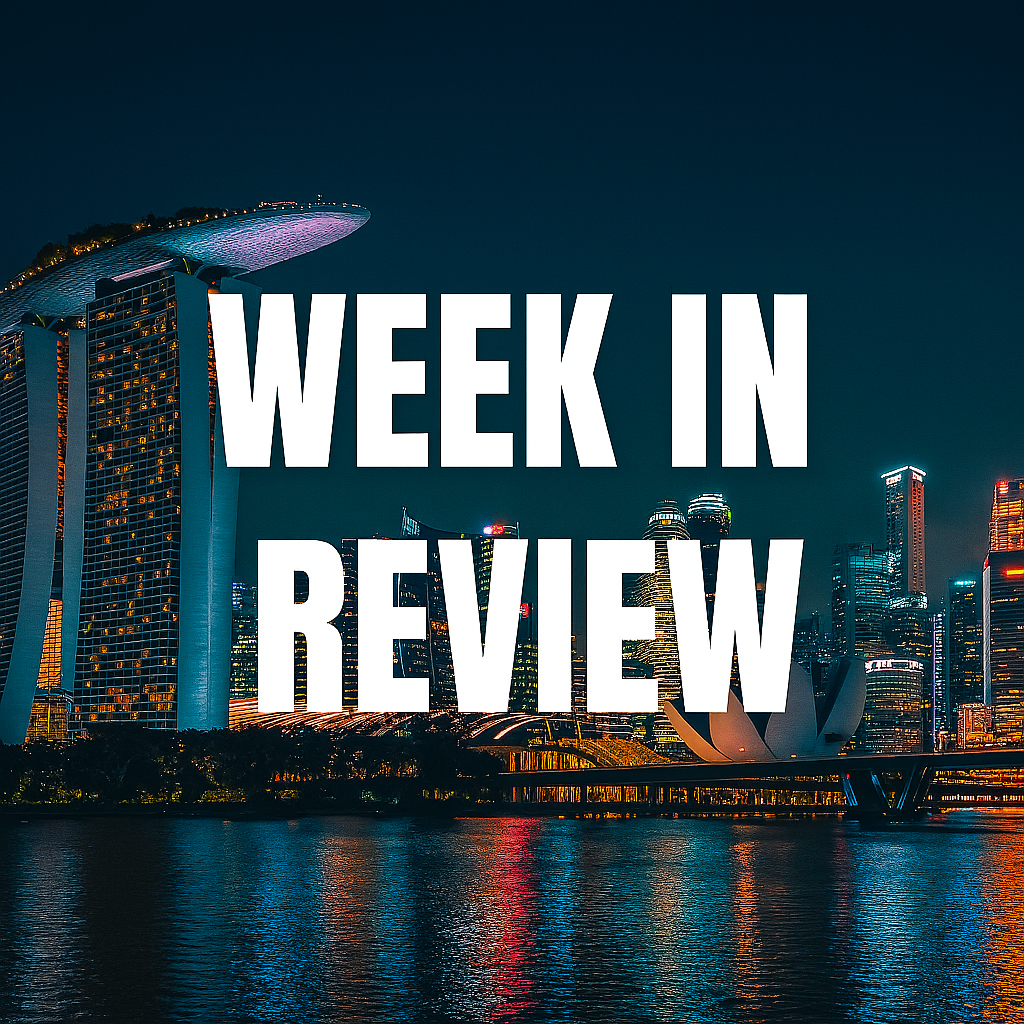
In a surprising turn of events, India and Pakistan have agreed to a full and immediate ceasefire following days of escalating military tensions. The announcement came from former U.S. President Donald Trump, who claimed the ceasefire was brokered through U.S.-led mediation. However, the agreement’s details remain contested, with India asserting that the truce was reached directly between the two nations without third-party intervention.
Background of the Conflict
The recent hostilities between India and Pakistan erupted after a terrorist attack in Jammu and Kashmir’s Pahalgam, which claimed 26 lives last month. In response, India launched Operation Sindoor, targeting nine terrorist bases in Pakistan and Pakistan-administered Kashmir, resulting in the deaths of over 100 militants. Pakistan retaliated with airstrikes and drone attacks, leading to a dangerous escalation between the nuclear-armed neighbors.
Trump’s Announcement and U.S. Involvement
Trump took to his Truth Social platform to declare that the ceasefire resulted from a long night of talks mediated by the United States. He congratulated both nations for their “common sense and great intelligence” in reaching the agreement. However, India has firmly denied any third-party involvement, stating that the ceasefire was negotiated directly between the Directors General of Military Operations (DGMOs) of both countries.
Despite India’s stance, U.S. Secretary of State Marco Rubio and Vice President JD Vance reportedly engaged in diplomatic outreach to both nations, urging de-escalation. While Pakistan acknowledged U.S. mediation, India maintained that the ceasefire resulted from bilateral discussions.
Political Reactions and Controversy
Trump’s claim of brokering peace has sparked political debate in India, with opposition parties questioning whether the Modi government had opened the doors to third-party mediation on Kashmir. The Congress party has demanded a special session of Parliament to discuss the ceasefire and its implications on India’s sovereignty.
Meanwhile, Pakistan welcomed Trump’s involvement, expressing gratitude for U.S. efforts in facilitating peace talks. However, within hours of the ceasefire announcement, artillery fire was reported in Indian-administered Kashmir, raising concerns about the truce’s durability.
Conclusion
While Trump has taken credit for the ceasefire, the reality remains complex and disputed. India insists the agreement was a direct bilateral understanding, while Pakistan and the U.S. suggest that American diplomacy played a role. Whether Trump’s involvement was genuine mediation or simply well-timed diplomacy remains debatable.
As tensions simmer, the world is watching closely to see if this ceasefire will hold—or if another flare-up is imminent.




